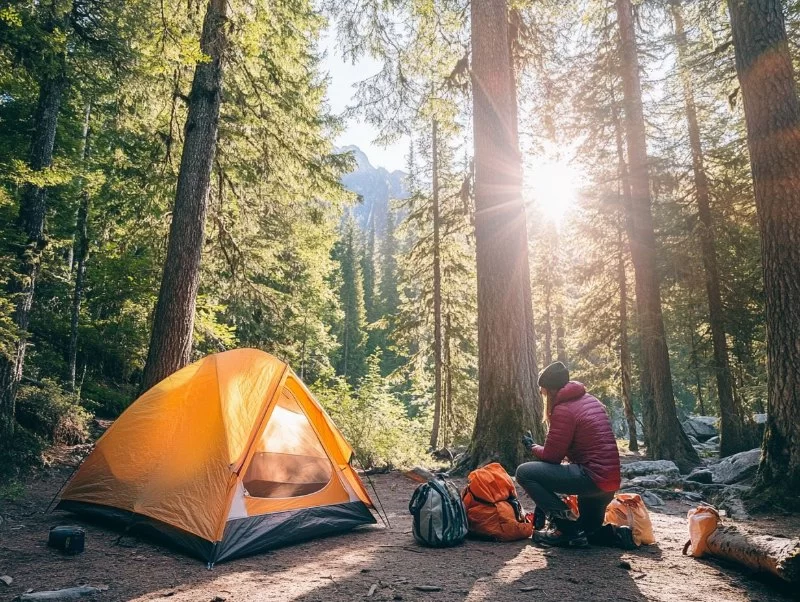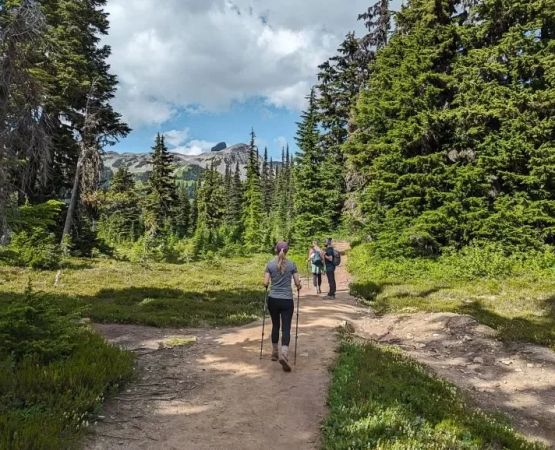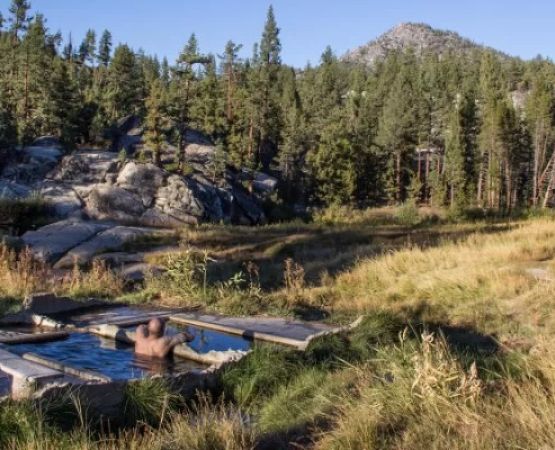- #understanding-your-solo-camping-needs - trip-duration - climate-and-terrain - comfort-vs-weight
- #tent-types-and-structures - dome-tents - tunnel-tents - ultralight-backpacking-tents
- #material-and-weather-resistance - waterproof-rating - wind-resistance - ventilation-design
- #ease-of-setup-and-packability - quick-pitch-systems - compact-storage
- #real-world-solo-camping-experiences - lessons-learned - common-mistakes-to-avoid
- #pine-cliff-resort-gear-recommendations - tested-and-approved-tents
Understanding Your Solo Camping Needs
Trip Duration
The length of your trip plays a huge role in tent selection. For a single-night getaway, you can prioritize portability and speed of setup. But if you’re planning a week-long trek in the backcountry, comfort, durability, and interior space become more important.
Climate and Terrain
Heading into humid forests? Look for ventilation panels. Expecting alpine winds? A tent with strong poles and low-profile design is essential. Terrain can dictate whether you choose a freestanding tent for rocky ground or one requiring stakes for soft soil.
Comfort vs. Weight
When solo camping, every ounce matters, but so does a good night’s rest. Ultralight tents cut weight but can compromise space, so consider your tolerance for tight sleeping quarters.
Tent Types and Structures
Dome Tents
Dome tents are stable, easy to pitch, and handle wind well. They’re versatile enough for most solo trips, though they may have less headroom.
Tunnel Tents
These offer excellent space-to-weight ratios and are ideal for longer stays. However, they often require more staking, making them less suitable for rocky ground.
Ultralight Backpacking Tents
Designed for thru-hikers and minimalist campers, these prioritize weight savings over luxury. Some even use trekking poles instead of tent poles to cut weight further.
Material and Weather Resistance
Waterproof Rating
Check the hydrostatic head rating—anything above 1500mm is generally waterproof for light rain, while 3000mm or higher is better for heavy, prolonged downpours.
Wind Resistance
Aluminum poles are stronger and more resilient than fiberglass in high winds. A low, aerodynamic profile can prevent your tent from becoming a kite in storms.
Ventilation Design
Proper airflow reduces condensation buildup inside the tent. Look for mesh panels and adjustable vents to keep the interior comfortable.
Ease of Setup and Packability
Solo campers often face the challenge of pitching a tent without help. Quick-pitch or color-coded pole systems simplify the process. When breaking camp, a tent that packs down small can free up space for other gear in your pack.
Real-World Solo Camping Experiences
During a week-long trip in the Colorado Rockies, a camper with an ultralight trekking-pole tent found setup a breeze—but struggled during high winds. In contrast, another camper in a heavier dome tent stayed comfortable and secure through a night of rain and gusts. The takeaway? Match your tent to the realities of your environment, not just your ideal scenario.
Pine Cliff Resort Gear Recommendations
At Pine Cliff Resort, we’ve tested a variety of solo camping tents across different terrains and weather conditions. From ultralight backpacking models to sturdy all-weather shelters, our curated selection ensures you’ll find a tent that fits your adventure style and keeps you safe and comfortable under the stars.







